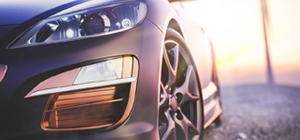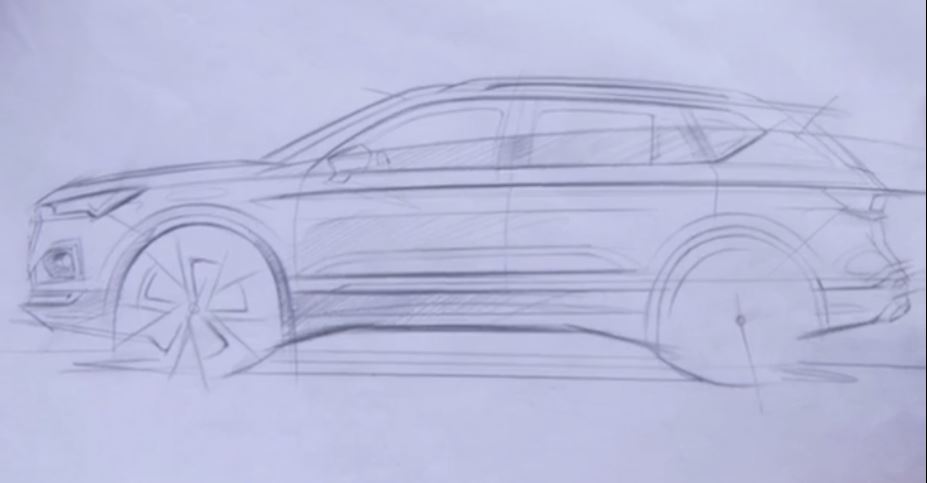Martorell, 09/09/2018. – “It has to be a car that conveys personality, strength and prestige” was the assignment that SEAT Design director Alejandro Mesonero gave to his team. But how do you get a mixture of paints and ground mica to turn into an elegant colour? Or what selection of fabrics makes the interior of a car look sophisticated? Now that the SEAT Tarraco has made its world debut, we discover what is behind the creative process of this kind of vehicle and the keys to what is going to be the company’s new design language:
– Love at first sight: 65% of SUV customers base their purchase decision on exterior design. In fact, their lines are one of their characteristic features: “They’re more aggressive, powerful and imposing”, says brand exterior designer Xavier Villanueva. The front end is one of the most important parts of the SEAT Tarraco: “the grille is positioned more vertically compared to other kinds of vehicles. This gives this first large SUV a longer bonnet, and raised robust lines”, he adds.
– New challenges for designers: The passenger compartment of an SUV is comparatively larger than on other models. These new volumes present a challenge to the design team: “customers look for the right balance between comfort, ergonomics, performance…this is another aspect to consider when designing an SUV”, adds Daniel Hervás, the head of Interior design at the company. In the specific case of the SEAT Tarraco, adding a floating screen was a challenge for the team: “despite its dimensions, we have to make sure that the lines of the centre console remain light”, concludes Hervás.
– Personality through colour pigment: “The size, silhouette and target fully determine the colour range of each model. Each segment features its own colours”, comments Jordi Font, a designer in SEAT’s Color&Trim department. The palette of an SUV has to express “safety and protection”. “It requires subdued or metallic shades, and depending on its size, you can play with features such as a two-tone roof or certain trim elements”, adds Font. The colour palette of the SEAT Tarraco includes eight shades “that give it the elegant genes that define its personality”, he concludes.
– Dressed for the occasion: When selecting the trim for SEAT’s largest SUV, designers worked with premium materials: “we chose melange fabrics, and for the first time, matte chrome trim features that give the car an added touch of sophistication”, explains Amanda López from the Color&Trim department. In order to verify the multiple combinations of interior design, they resorted to virtual reality.
– Virtual reality, the best resource: Whether it is used to define the interior look, the exterior lines or aerodynamic aspects, this technology plays and increasingly decisive role: “Before, with the renders, designers could see their work with 60% realism. Thanks to virtuality, that figure goes up to 90%. This helps save a lot of time”, says Manel Garcés, the head of visualisation at SEAT. Thanks to meetings and working side by side, the Visualisation department offers the necessary tools to optimise the work of the designers: “In very little time, the interior design team gets a 3D look at what they sketched just minutes before”, adds Garcés.
– Four model makers and more than 320 hours: Despite the use of new technologies, making a clay model is still essential in order to appreciate the life-size dimensions of the new vehicle for the first time. 5,000 kilos of clay was used to shape the Tarraco, and the biggest challenge was to “control the volumes and proportions of such a large car”, says SEAT model maker Carlos Arcos.
– All pencils down: The work of the entire department concludes with the freeze design, a resin replica of what will be the final vehicle, and which is then used to approve the lines of the new model. This is the last step in the design process, and from this point on the idea is handed over to the engineers.

















